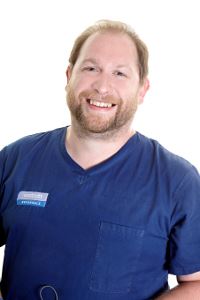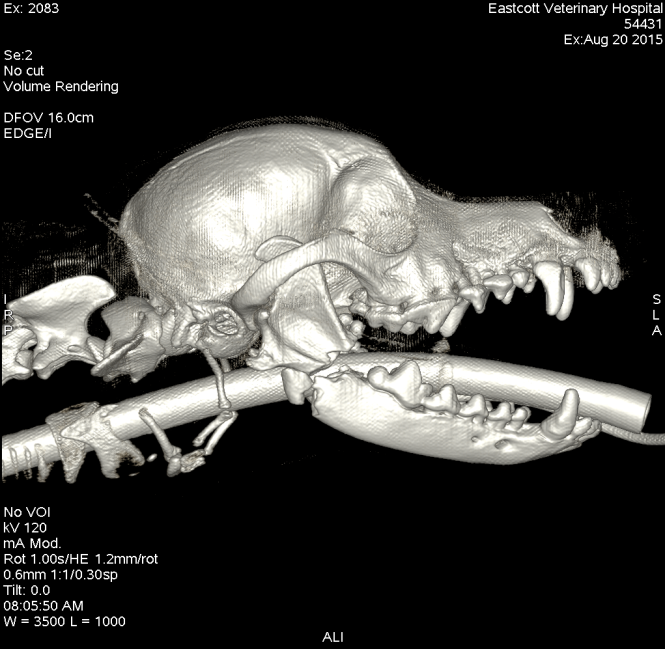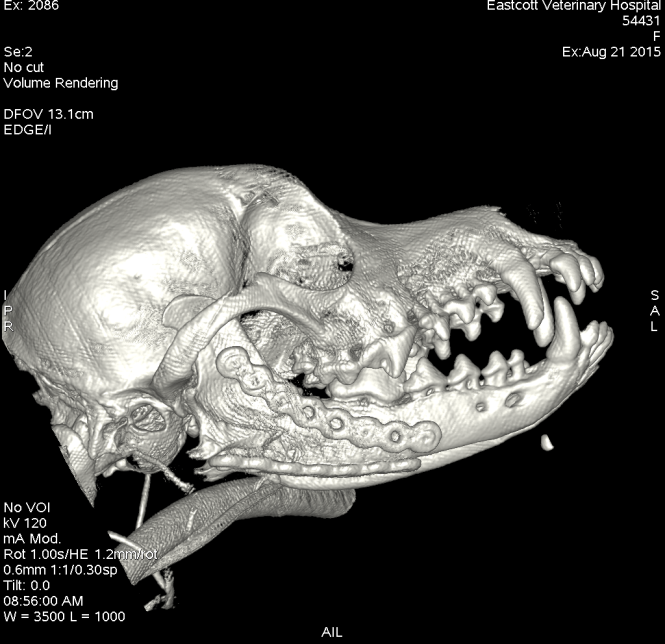Categories
Maxillo-facial and Mandibular Trauma in Small Animals
Maxillo-facial and Mandibular Trauma
Maxillo-mandibular and temporomandibular trauma are common consequences of head injuries in cats and dogs. The most commonly reported causes being road traffic accidents and dog fights. They can present significant challenges in diagnosis and management.
Trauma of the head presents a range of unique challenges due to the concentration of specialised tissues present. Repair of the mandible or maxilla is significantly complicated by the local anatomy especially the presence of tooth roots and neurovascular structures. Additionally, the oral soft tissues do not handle surgically like other epithelial tissues. Many patients have traumatic brain, ocular and dento-alveolar injuries further complicating management.
We believe that Eastcott Referrals is uniquely placed to manage these cases with access to advanced imaging, medicine, dental and soft tissue specialists and advanced practitioners of orthopaedics and ophthalmology. Last year both Peter and Andrew attended an advanced A.O. mandibular and maxillofacial reconstruction symposium in Davos, Switzerland. The cutting edge skills learnt here has resulted in new options for management of these most challenging trauma patients.
Molly is an 8 year old female Bichon Frise who presented as an urgent referral following a fight with her Akita house mate. Molly had mandibular drift to the right side, ptyalism and discomfort on conscious oral examination. The presumptive diagnosis of right sided mandibular body fracture was made and subsequently confirmed by C.T. imaging.
Molly underwent a two stage procedure, initial diagnosis and closure of oral soft tissues followed by definitive repair, internal fixation, using locking titanium mini-plates. Recovery from surgery was excellent and Molly was discharged after 2 days and managed as an out patient,
The use of mini-plates for reconstruction of maxillofacial and mandibular trauma has revolutionised management of these injuries in man. Although it will never replace more conventional methods of management, such as intra-oral acrylic and wire splints or inter fragmentary wiring techniques, it is an incredibly useful modality for more extreme fractures and promoted rapid return to function.
CT Before Surgery
CT After Surgery
Both Peter Southerden and Andrew Perry are happy to discuss or give advice on all matters relating to small animal veterinary dentistry or oral surgery. Please phone 01793 528341 or email Eastcott Referrals
Examples of dental and oral surgery cases seen
Eastcott Veterinary Referrals Dental CPD Courses
How to Refer a Case to Eastcott Veterinary Referrals

 with Andrew Perry
with Andrew Perry 
